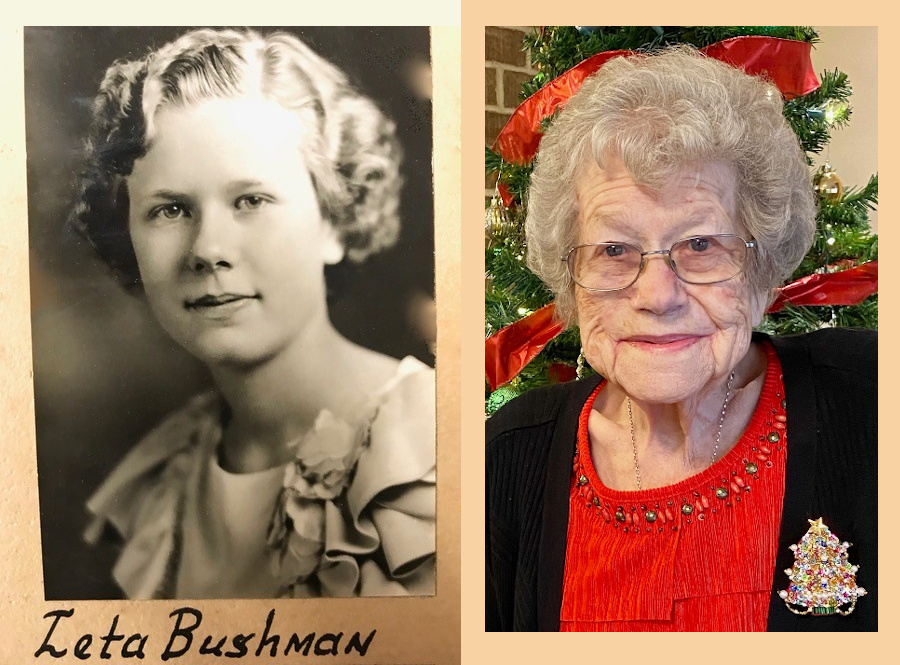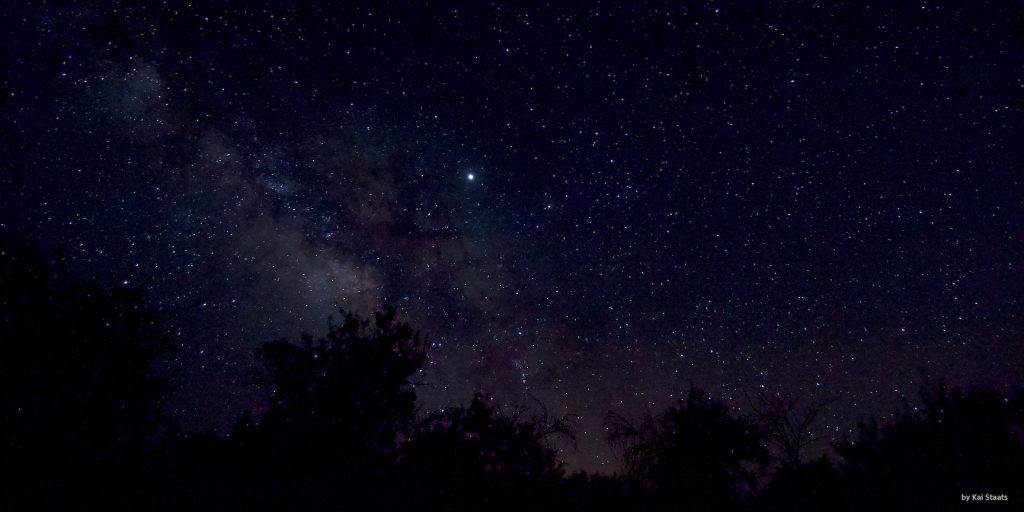Leta Kruse, 1918-2023
A Celebration of Life

I am a third generation depression era survivor, the grandson of Raymond and Leta Kruse who dedicated their life’s work not to comfort or fortune, but to assurance that their children and their children’s children would have the best life possible. They lived through the Great Depression as teenagers, and that experience clearly shaped who they were and how they moved through this world. Conservative with their finances, yet incredibly generous with all they did and gave. Their faith in something greater was paramount, as a guiding light, not a source of retribution or shame. They were living examples of the Greatest Generation, those whose lives were shaped by an incredibly time of rapid change, having used horse drawn carriages as a principal means of transportation to an RV for wintering in Texas; a hand pump in the kitchen replaced by running water; a cob stove in the basement replaced by forced air ultimately heated by a geothermal pump. Landline telephones, analog mobile phones and digital cellular phones; film cameras, Polaroid instant cameras, and digital cameras; the electric range and microwave ovens; movie theaters, VHS, digital cameras and personal computers where all invented in her lifetime. My grandparents both grew up with horse drawn buggies in concert with the second decade of combustion engine transportation, and a lifetime of advances in automobile design, safety, and efficiency. While my grandmother had not been given transport in a self-driving car, she was aware of them and responded, as she often did, “What is this world coming to? Lordy! My oh my.” And with each syllable she would rap her knuckles on the arm of her reclining chair or the kitchen table.
Leta passed on January 1, 2023. Her funeral and celebration of life was held in Glidden, Iowa on her 104th birthday, January 6, sharing the day with Epiphany (coming of the magi) in the church year, which she loved. One hundred and four years. Simply incredible. While her physical body slowed, her mind remained engaged and sharp until the final few years, conversations engaging with stories of how she and my grandfather Raymond Kruse met, her husband of 67 years, her life’s work on the farm, overland travel to Canada, Alaska, across Europe, and Turkey, and more than thirty years wintering in Florida, Texas, and Arizona.
My grandmother kept a written diary in bound books for something like fifty years. Mostly brief notes that pertained to the weather, health of the crops, experiences in travel, and time with family and friends. Leta compiled many of her stories into a volume called “The Dash” which referred to the time between life and death, between 1918 and 2023.
[need to insert a sample from her book]
Grandma loved numbers and math. She wanted to be a bookkeeper or accountant, but when she and Ray elected to pursue farming, that was more than a full time job and did not allow for additional education or a second job. She was always playing with dates, addresses, —anything that added to her favorite number “7”. As if by design, the year of her death “2023” adds to “7”. And as my mother Linda (Leta’s daughter) later noted, “January 1 (her death) + January 6 (celebration of life) = 7!”
My memories of Grandma are vast, both visual and auditory. She always wore earrings, even when working on the farm. She was very much concerned with the affairs of the neighbors, members of the church which she and my grandfather helped found, and relatives whom she felt had acted in such a way as to step outside of their social bounds. She was a mother of three (Gene, Linda, Karla), gardener, and cook for a dozen men for more than two decades. She would drive a tractor, truck, and minivan; shovel snow, cut grass with a riding mower, and collect eggs from 2000 chickens before the sun rose every morning. Her call “Shee-eep! brought the sheep running as they knew they would be well fed. Her laugh was deep and her voice unique, a rhythm and style of speech that I attribute to her generation.
